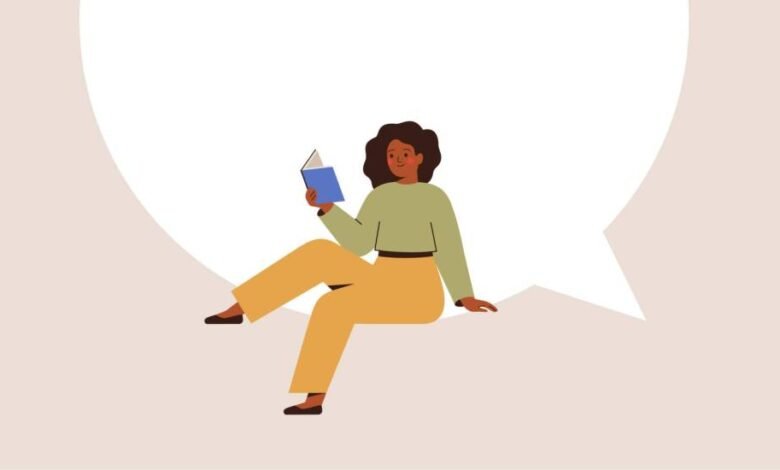
Brenda Krupp, a reading specialist and co-author of Welcome to Reading Workshop, recommended that teachers pre-read the book and make notes about places they can stop to demonstrate reading strategies. These notes might include reminders to ask students what they think might happen or what context clues can help them figure out the meaning of a word.
To maintain the flow of the story and keep students engaged, Dorfman suggested limiting the number of stops during a read-aloud. “Target one strategy that you want to highlight, whether it’s visualization, making an inference, making a prediction, or asking a question,” she recommended.
2. Modeling positive reading behaviors
When teachers do read-alouds, it might seem like they are doing all the work, but students’ brains are actively engaged, too. “You are modeling what a fluent reader looks like and sounds like,” Dorfman said. “The comprehension process is totally invisible. It’s going on in your head all the time while you’re interacting with words, but this is a perfect opportunity to make your thinking visible to your students.” When teachers model fluent reading, proper intonation and expressive storytelling they provide students with the tools they need to become proficient readers themselves.
For example, Dorfman emphasized the importance of showing genuine emotional reactions while reading. She said that she’s never afraid to laugh, cry or gasp during a read-aloud to teach students that books can and should elicit emotions. Krupp also goes back to reread sections during read-alouds to show students that it’s normal to revisit a passage to make sure they understand.
3. Building community
Before read-aloud time, Dorfman selects a student to hang a sign on the classroom door that says, “Read-aloud time. Please do not disturb.” This simple act communicates to her students and others that this is a protected, special time. As students gather to listen to a story, they share a collective experience. “Reading aloud puts students on a level playing field,” Dorfman said, explaining that teachers can read materials that might be above some students’ reading levels because they are decoding the text together.
When Krupp does read-alouds, she prefers to sit close to her students on something slightly elevated so everyone can see the book. She said this setup creates a sense of community and helps minimize distractions. At the start of the year, Krupp and her students create a behavior chart detailing what is expected during read-aloud time, such as keeping eyes forward and refraining from touching or talking to friends. In turn, students often regulate each other’s behavior because they want to hear the story. A bit of fidgeting is acceptable, as some students doodle or lie down. But if there’s a lot of fidgeting, Krupp checks students’ interest in the book. “If they’re not [interested], then I don’t have any problem with abandoning it,” she said.
4. Introducing diverse texts
Teachers can use read-alouds to introduce students to a diverse range of texts that align with their interests and expand their horizons. “I felt that it was my job to introduce kids to fables, mythology, science fiction and non-narrative nonfiction,” said Dorfman, who keeps track of what students are reading using a spreadsheet. Additionally, teachers don’t need to shy away from reading the first book in a series or a blend of chapter and picture books.
When selecting books, Dorfman uses the “windows and mirrors” framework created by Rudine Sims Bishop. This approach ensures a balance of books that both reflect students’ own experiences (mirrors) and introduce them to new perspectives (windows). “We need to read books to kids that are going to open them up to other cultures, other experiences that are very unlike the ones that they’re having,” Dorfman said. Additionally, reading books that students can see themselves in increases engagement. “There’s a lot of compliance in school, but we have to turn a lot of that compliance into real engagement,” she said.
Krupp begins the school year by conducting interest surveys with students to learn about their reading preferences. During back-to-school conferences, she asks students to bring in books they read over the summer. If she notices trends, she selects read-alouds that align with these interests. If she needs help finding a book that will resonate with a specific group of students, Krupp consults the school librarian, who has known the students longer.
5. Cultivating a love of reading
After Dorfman finishes a book during read-aloud sessions, it’s common for students to ask their parents to buy the book or check it out from the library so they can read it again. A read-aloud can create a joyful memory or experience with a book that students want to revisit. “The object is to get kids off reading independently,” Dorfman said.




